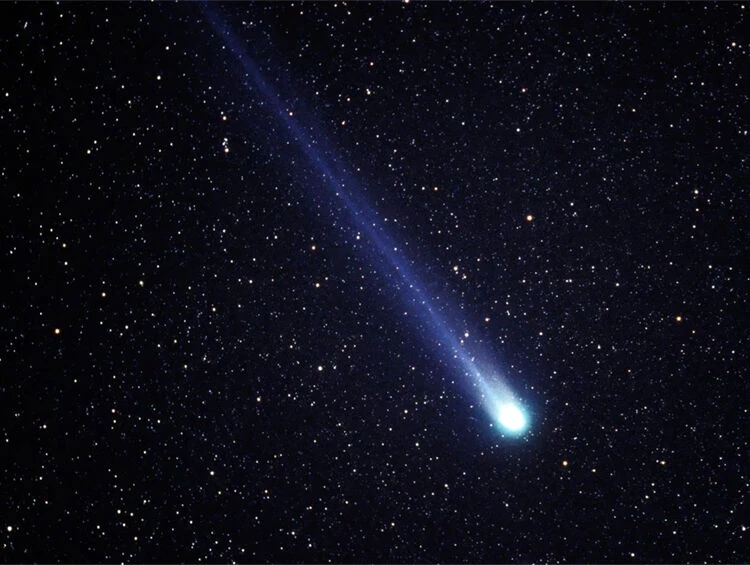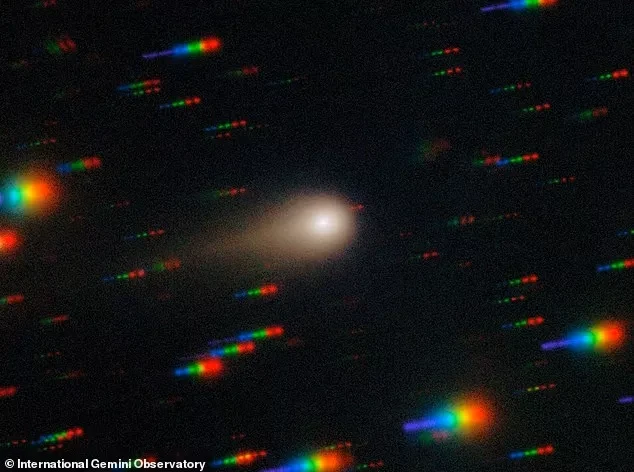
World astronomers are closely monitoring a unique celestial body that has arrived from interstellar space. Comet 3I/ATLAS, designated C/2025 N1, is moving along a hyperbolic orbit, which means it is independent of the Solar System.
According to data obtained using the Hubble telescope on July 21, the comet's nucleus has a diameter of about 5.6 kilometers. Additionally, infrared studies conducted with the James Webb telescope revealed unexpected activity of the object: emissions of carbon dioxide and water ice have been detected. This is reported by The Guardian.
It is expected that comet 3I/ATLAS will reach its closest approach to the Sun (perihelion) around October 30, 2025. At that moment, it will be approximately 210 million kilometers away from the star, and the minimum distance to Earth will be about 270 million kilometers, which eliminates any threat to our planet.
Meanwhile, various theories are actively discussed in Russian and foreign social media suggesting that 3I/ATLAS could be an "alien spacecraft" or have an artificial origin. American astrophysicist Avi Loeb expresses such hypotheses, citing the "anomalous" characteristics of the trajectory and size of the comet. However, NASA insists that there is currently no convincing evidence of artificial origin, and the behavior of 3I/ATLAS corresponds to the properties of an interstellar comet.













































